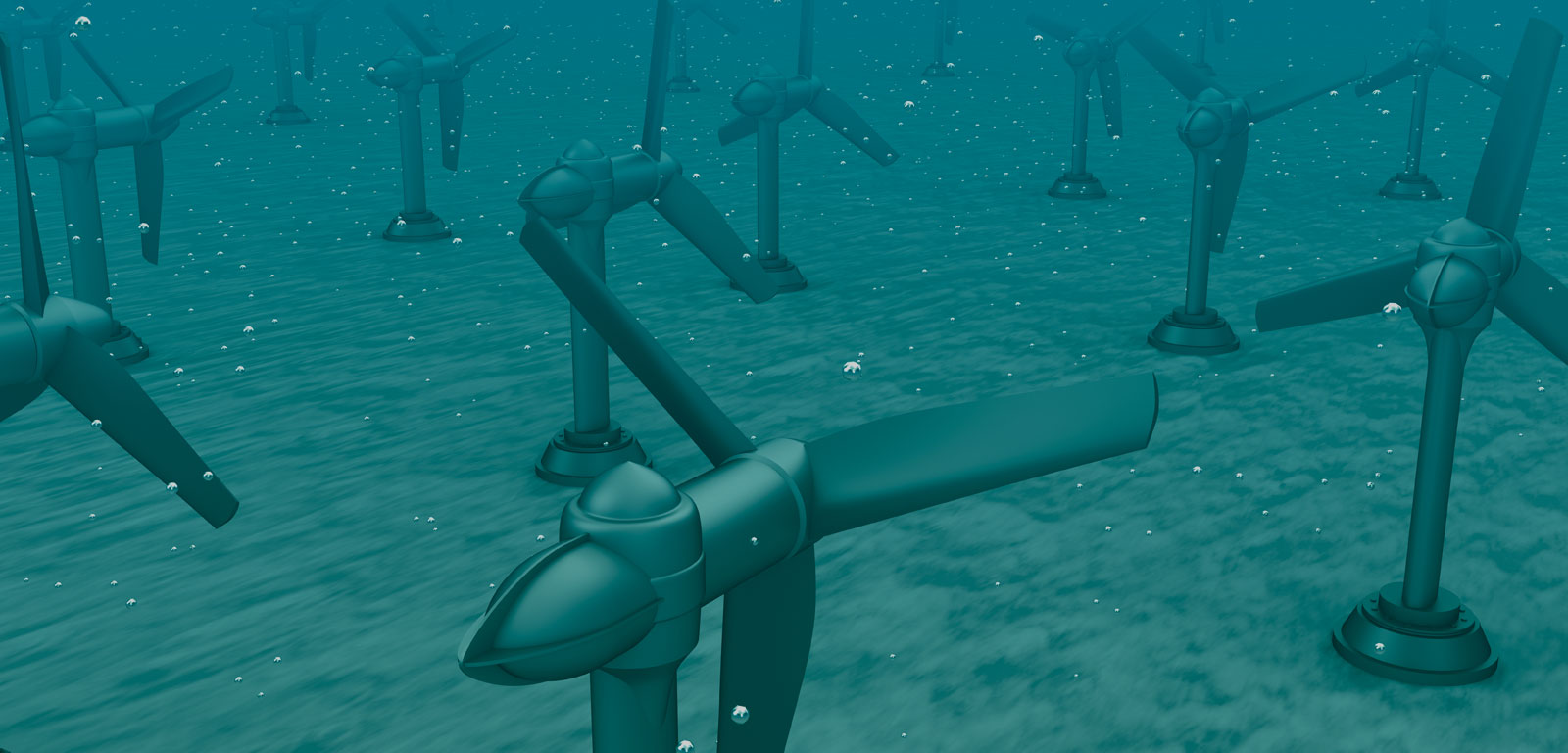Subject
Environmental Hydrodynamics
General details of the subject
- Mode
- Face-to-face degree course
- Language
- English
Description and contextualization of the subject
This course provides the students with an understanding of basic hydrodynamic principles in relation to the natural environment and in particular marine systems (estuaries, bays, seas, oceans etc.). It provides fundamental knowledge required by engineers working in the marine renewable energy sectorTeaching staff
| Name | Institution | Category | Doctor | Teaching profile | Area | |
|---|---|---|---|---|---|---|
| BLANCO ILZARBE, JESUS MARIA | University of the Basque Country | Profesorado Titular De Universidad | Doctor | Not bilingual | Fluid Mechanics | jesusmaria.blanco@ehu.eus |
| EGUIA LOPEZ, PABLO | University of the Basque Country | Profesorado Agregado | Doctor | Not bilingual | Electrical Engineering | pablo.eguia@ehu.eus |
| ESTEBAN ALCALA, GUSTAVO ADOLFO | University of the Basque Country | Profesorado Titular De Universidad | Doctor | Not bilingual | Fluid Mechanics | gustavo.esteban@ehu.eus |
Competencies
| Name | Weight |
|---|---|
| Understand the underlying principles of environmental hydrodynamics and have the ability to apply this knowledge in practical applications | 35.0 % |
| Ability to setup and run numerical models for different coastal and open sea environments subject to wind, wave and tidal forcing | 35.0 % |
| Analyse wave and current data, undertake extreme analysis to enable design and estimation of power production of renewable energy technologies | 30.0 % |
Study types
| Type | Face-to-face hours | Non face-to-face hours | Total hours |
|---|---|---|---|
| Lecture-based | 24 | 51 | 75 |
| Seminar | 16 | 4 | 20 |
| Applied classroom-based groups | 10 | 20 | 30 |
Training activities
| Name | Hours | Percentage of classroom teaching |
|---|---|---|
| Classroom/Seminar/Workshop | 16.0 | 100 % |
| Drawing up reports and presentations | 24.0 | 0 % |
| Individual study | 51.0 | 0 % |
| Lectures | 24.0 | 100 % |
| Student's personal work | 10.0 | 0 % |
Assessment systems
| Name | Minimum weighting | Maximum weighting |
|---|---|---|
| Realización de prácticas (ejercicios, casos o problemas) | 10.0 % | 20.0 % |
| Work and explaining | 10.0 % | 20.0 % |
| Written examination | 70.0 % | 90.0 % |
Learning outcomes of the subject
Develop mathematical description of hyrodynamic behaviour.Derive expressions for Stream Function and Potential Function.
Quantify flow patterns for fluid / structure interactions.
Calculate wave behaviour using the Airy linear wave theory and understand the limitations in the derivation.
Quantify the kinematics and dynamics of surface wave motions.
Quantify the propagation of a surface wave into the shoreline.
Describe the options for measurement and description of real sea waves.
Develop models for tides in the ocean.
Develop solutions for diffusion in one dimensional streams
Temary
Lesson 1. Introduction to Environmental HydrodynamicsLesson 2. Flow Definitions, Equations of Fluid Motion
Lesson 3. Streamlines, Stream Functions, Flow Nets, Turbulence, Boundary Layers
Lesson 4. Numerical Modelling Introduction and basic principles
Lesson 5. Numerical Modelling ¿ Hydrodynamic and Wave modelling
Lesson 6. Numerical Modelling ¿ Dispersion, diffusion, sediment transport, wastewater
Lesson 7. Wave Definitions, Linear Wave Theory, Wave Measurement
Lesson 8. Waves Life Cycle (generation to dissipation)
Lesson 9. Tsunamis, extreme waves, infragravity waves, ship waves, wave analysis
Lesson 10. Astronomical Tides
Lesson 11. Meteorological Tides, Storm Surge, Coastal Flooding
Lesson 12. Tidal Bores, Seiches, Tidal Energy, Ocean Circulation, Climate Change
Bibliography
Basic bibliography
Applied Hydrodynamics Hubert Chanson ISBN-13:978-1138000933Coastal Engineers Manual https://www.publications.usace.army.mil/USACE-Publications/Engineer-Manuals/u43544q/636F617374616C20656E67696E656572696E67206D616E75616C/
TIDAL DYNAMICS. Volume I: Theory and Analysis of Tidal Forces Author(s): Fergus J. Wood
Source: Journal of Coastal Research, Special Issue No. 30. TIDAL DYNAMICS. Volume I: Theory and Analysis of Tidal Forces (2001), pp. i-v, vii-xlix, 1-15, 17-81, 83-97, 99-157, 159-221, 223-257, 259-326
Published by: Coastal Education RESEARCH Foundation, Inc.


